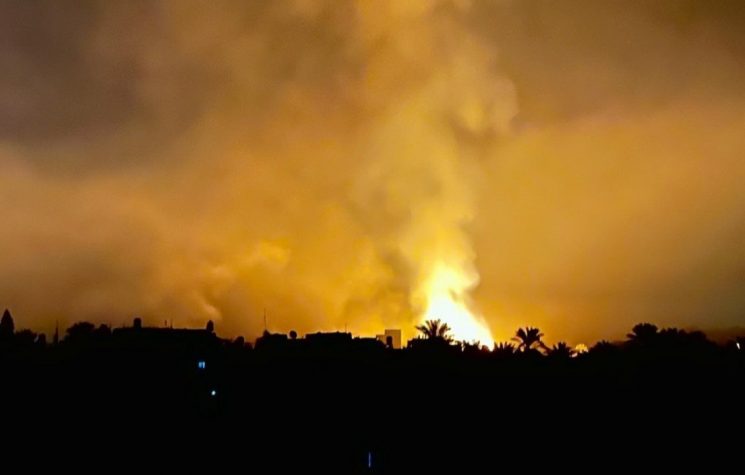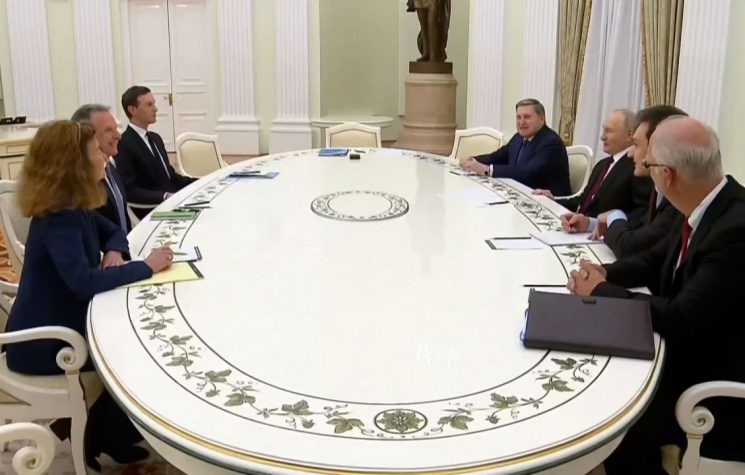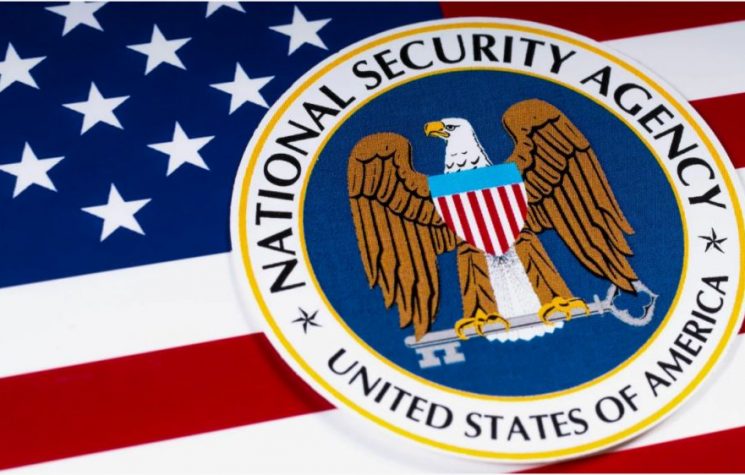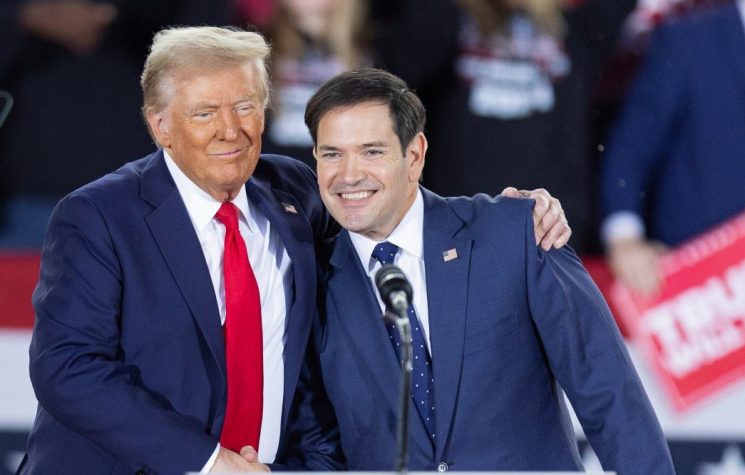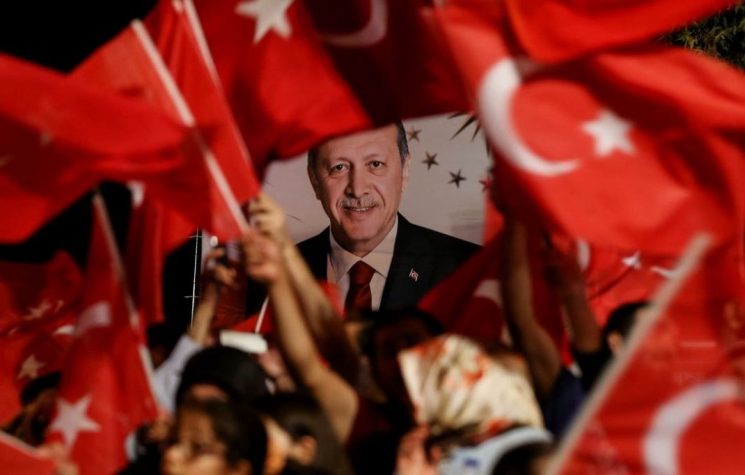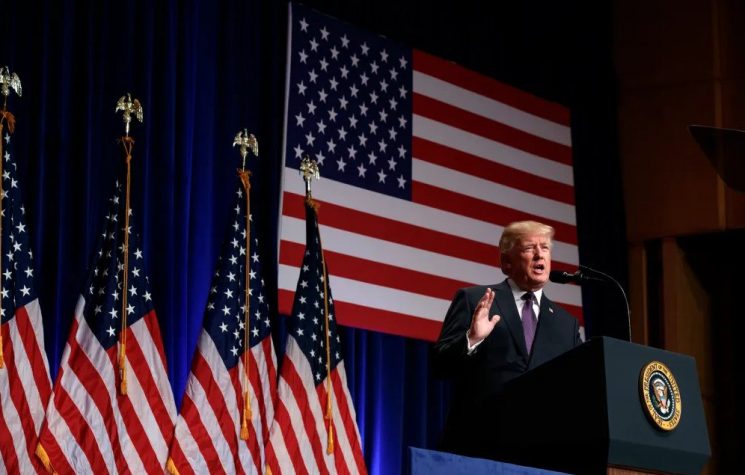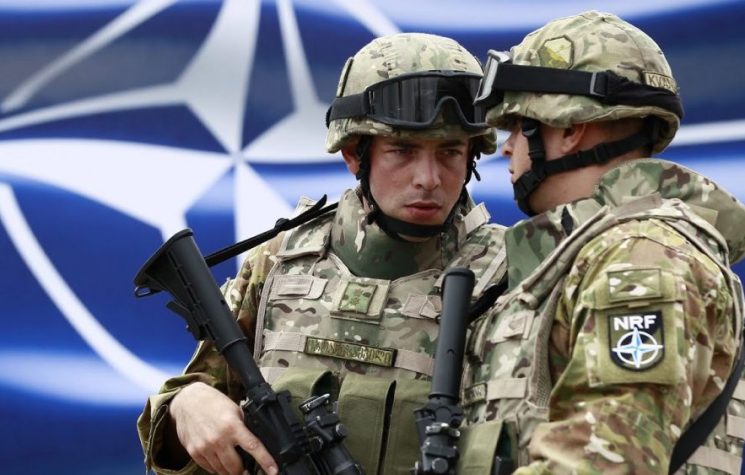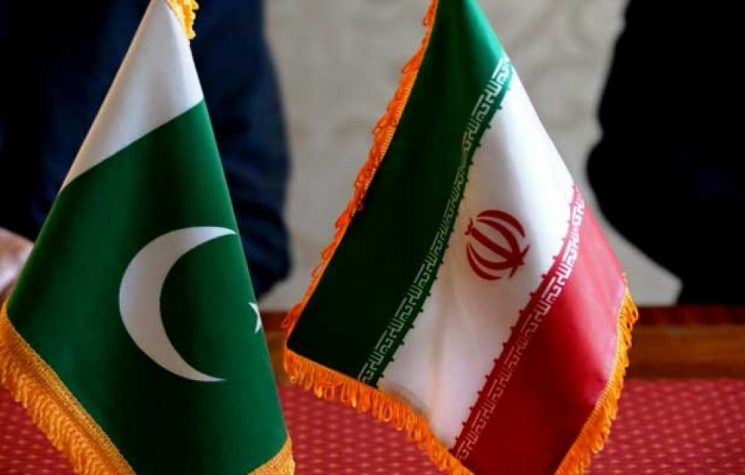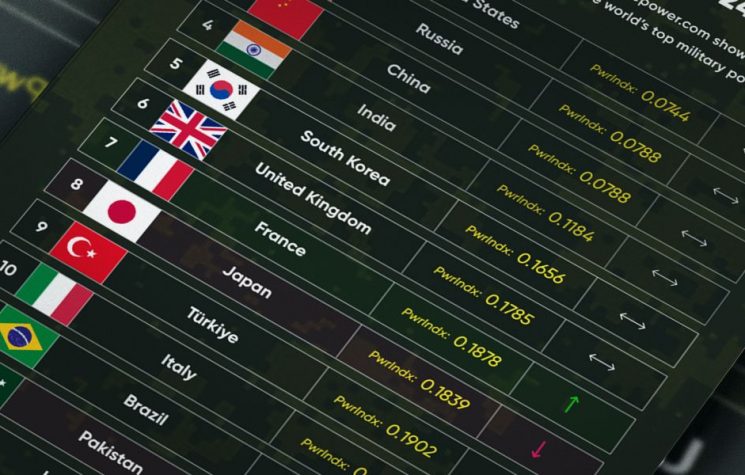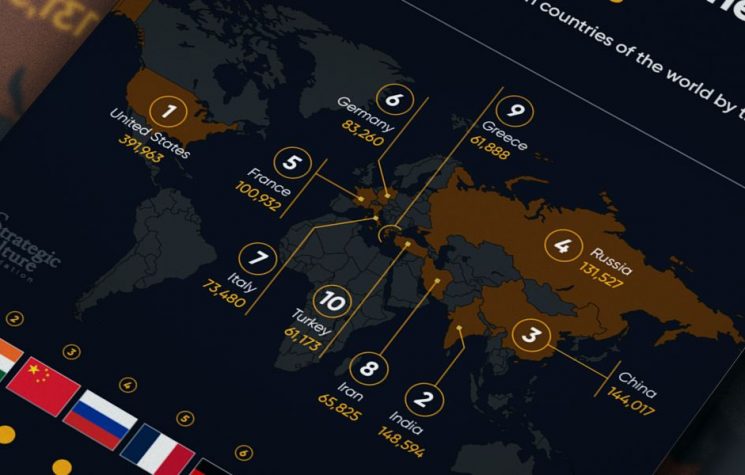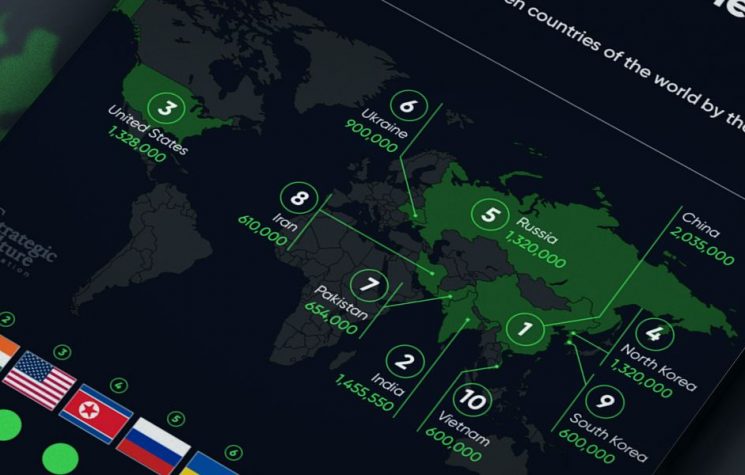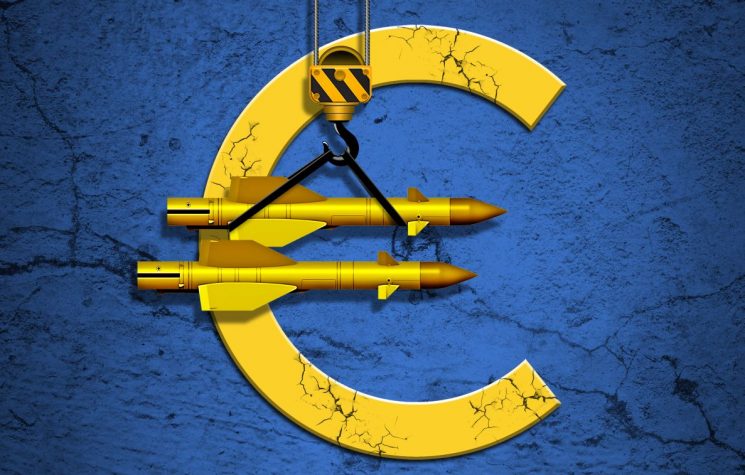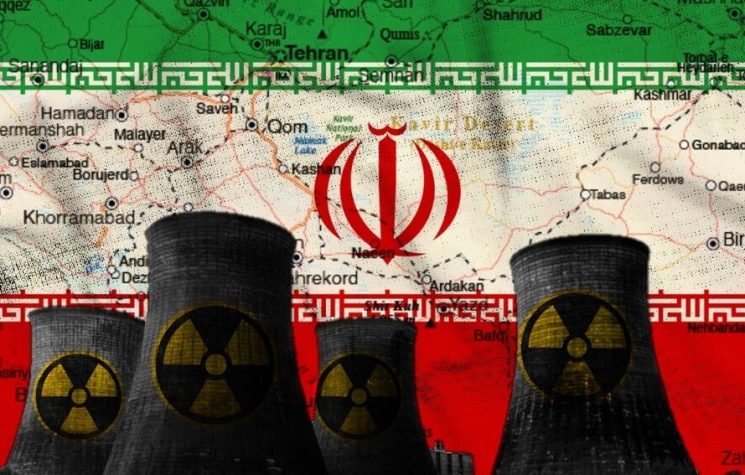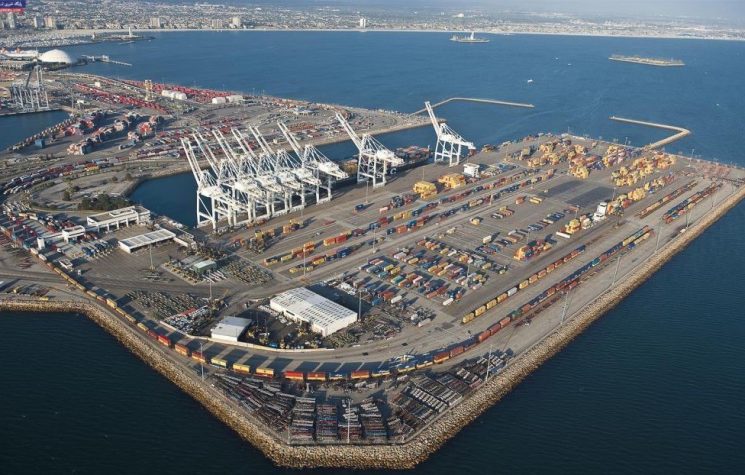No matter which administration is in power, the “free American world” will always be ready to unleash a conflict with “tyrannical and oppressive Iran”.
Contact us: info@strategic-culture.su
Here we go again
It was only a matter of time: the United States of America has re-launched its aggressive rhetoric against Iran, re-launching the war provocations.
The reasons for re-launching the front are already known. This time the problem for the USA, which is 12,000 kilometers away from Iran, is the nuclear weapons issue. The whole world’s watchdogs feel obliged to bark every time someone does something different from what they want.
The American provocations have been made in light of developments in Yemen, where the Resistance continues, albeit laboriously, to inflict heavy blows on American hegemonic aims, creating difficulties also for Israel. Because, let’s not forget, the trade routes that pass through the Gulf of Aden and the Red Sea are especially useful to Israel, in fact they are fundamental for internal sustenance and for the management of traffic in the Mediterranean towards the whole of Europe.
“Iran has no intention of building nuclear weapons unless the United States forces us to do so.” This is the message delivered by Tehran to Donald Trump, who in recent days has threatened to bomb the Islamic Republic if an agreement on its nuclear program is not reached. Trump’s special envoy for the Middle East, Steve Witkoff, offered to visit Tehran or to meet Iranian government officials in a neutral country; Iran rejected the proposal, stating that Witkoff is an “irrelevant person” and that Iran is “not interested” in meeting directly with the Americans.
Keep in mind that the total cost of the U.S. military operation against the Iranian-backed Houthis in Yemen is approaching $1 billion in just under three weeks, and there hasn’t been even significant damage. The Yemeni resistance is strong and unstoppable.
Meanwhile, Netanyahu is ready to meet with Trump to discuss what to do, including the problem of the new tariffs that also affect Israeli products at 17%. As former CIA operative Philip Giraldi commented, ” It is hard to believe, but based on the first ten weeks in power, the Trump administration has actually made things worse for Americans than Biden would, due to the constant threats to occupy other countries, impose heavy tariffs on imported goods, and punish nations like Russia and Iran if they don’t accept the conditions set forth by the new president.”
However, it seems that some kind of negotiation is opening up, a wise move to explore the reactions of the other States that are watching. As Reuters reported, “Iran is rejecting the U.S. ultimatum of either direct negotiations on its nuclear program or being bombed, warning neighbors hosting U.S. bases they could be in the line of fire if involved, a senior Iranian official said. Although Iran has rejected U.S. President Donald Trump’s call for direct talks, it wants to continue indirect negotiations through Oman, a long-standing channel for messages between the rival states […] Iran has issued warnings to Iraq, Kuwait, the United Arab Emirates, Qatar, Turkey and Bahrain that any support for a U.S. attack on Iran, including the use of their airspace or territory by the U.S. military during an attack, would be considered an act of hostility.”
Iran’s demands for a new nuclear agreement with the United States are basically as follows:
- The agreement must be an official treaty, ratified by the U.S. Congress, so that a future American president cannot withdraw unilaterally (as Trump has done).
- Before negotiations begin, the U.S. must remove sanctions on the Iranian medical sector and others. After the agreement is signed, there must be a TOTAL reduction of sanctions, which means that all sanctions must be removed, not just some.
- In the event of U.S. withdrawal from the agreement, Iran has the right to immediately apply a “snap-back” clause: install advanced centrifuges, begin the rapid enrichment of uranium and increase stocks.
- Iran must be allowed to reconnect to the SWIFT payment system in order to be able to carry out international transactions.
- Iran will be allowed to maintain its nuclear program, including advanced enrichment for “research purposes”.
- There will be no negotiations or limitations on Iran’s ballistic missile program or support for regional groups.
- Iranian financial assets frozen abroad must be unfrozen.
If any of these points are not agreed, the likelihood of a new nuclear agreement is extremely unlikely. Many of these clauses are the result of the mistrust caused by the previous betrayal by the United States.
An incessant geopolitical urgency
The question also needs to be understood from a more doctrinal point of view. For the USA, but more generally for all thalassocracies, conquering and controlling the Rimland is the indispensable condition for defeating the tellurocracies, in this case the entire Eurasian continent. Iran represents the center of the Axis of Resistance, the heart of that Islam that doesn’t compromise. Anything that limits the possibility of dominating the seas and surrounding the Heartland must be neutralized. This represents an incessant geopolitical urgency for the USA.
The effective downsizing of American power in the world is forcing Washington to redefine its strategies of control in the region, using the low-profile cooperation of other local players. Not only Israel with its influence, but also the Arab countries of the peninsula that are linked to the traffic of crude oil with the Americans.
The United States Navy has 295 ships and, according to the USNI, 96 of these are deployed in the Middle East and the Indian Ocean against Iran and Yemen. 25% of the United States Navy has been mobilized and 26 ships have been identified.
The aircraft carrier CVN-70 Carl Vinson has completed its transit through the Strait of Malacca and is proceeding as planned towards the operational area between Diego Garcia and the waters facing Iran. Meanwhile, the CVN-75 Harry S. Truman, with its attack group, is maintaining its operations in the Red Sea. To support operations in the area, the Arleigh Burke-class destroyer USS Wayne E. Meyer (DDG-108) has been deployed off Diego Garcia, reinforcing the island’s air defense capabilities.
A move on such a vast scale is not associated with simple tensions or limited conflicts. The United States and Israel are preparing for a full-scale war and the first steps and tests of this process are taking place during the current attacks in Yemen.
The usual strange American way of starting peace negotiations: with weapons, threats and missiles pointed. A curious interpretation of diplomacy, which we hope will soon fail definitively.
However, it cannot be ruled out that this is in fact a huge media-driven deception intended to distract attention from the heart of the problem. For the USA this would be an extremely disadvantageous move, exposing them to a great many risks. The “hot” negotiation style always works, even in these cases, so the respective parties to the dispute will try to provoke each other until they reach their maximum stress level. On the other hand, as pointed out by some Yemeni media, the United States is focused on a war against the Arabs in favor of Israel. They are sowing discord, war, chaos and conflict throughout the Arab world to fragment and weaken it, targeting its armies and nation states to impose a new plan for the Middle East under Israeli control on behalf of the United States. The goal is to establish a “Greater Israel” stretching from the Euphrates to the Nile in Egypt.
We are in the presence of a new and aggressive American-led phase of colonization and settlement to eliminate Arab national identity, particularly Palestinian identity, and replace it with a new political geography called the Greater Zionist Middle East, revolving around the interests of the U.S. and its allies.
The question remains: do Arab leaders recognize this reality and are they preparing to face it before they and their countries are consumed? And will Iran be ready to react in time?










